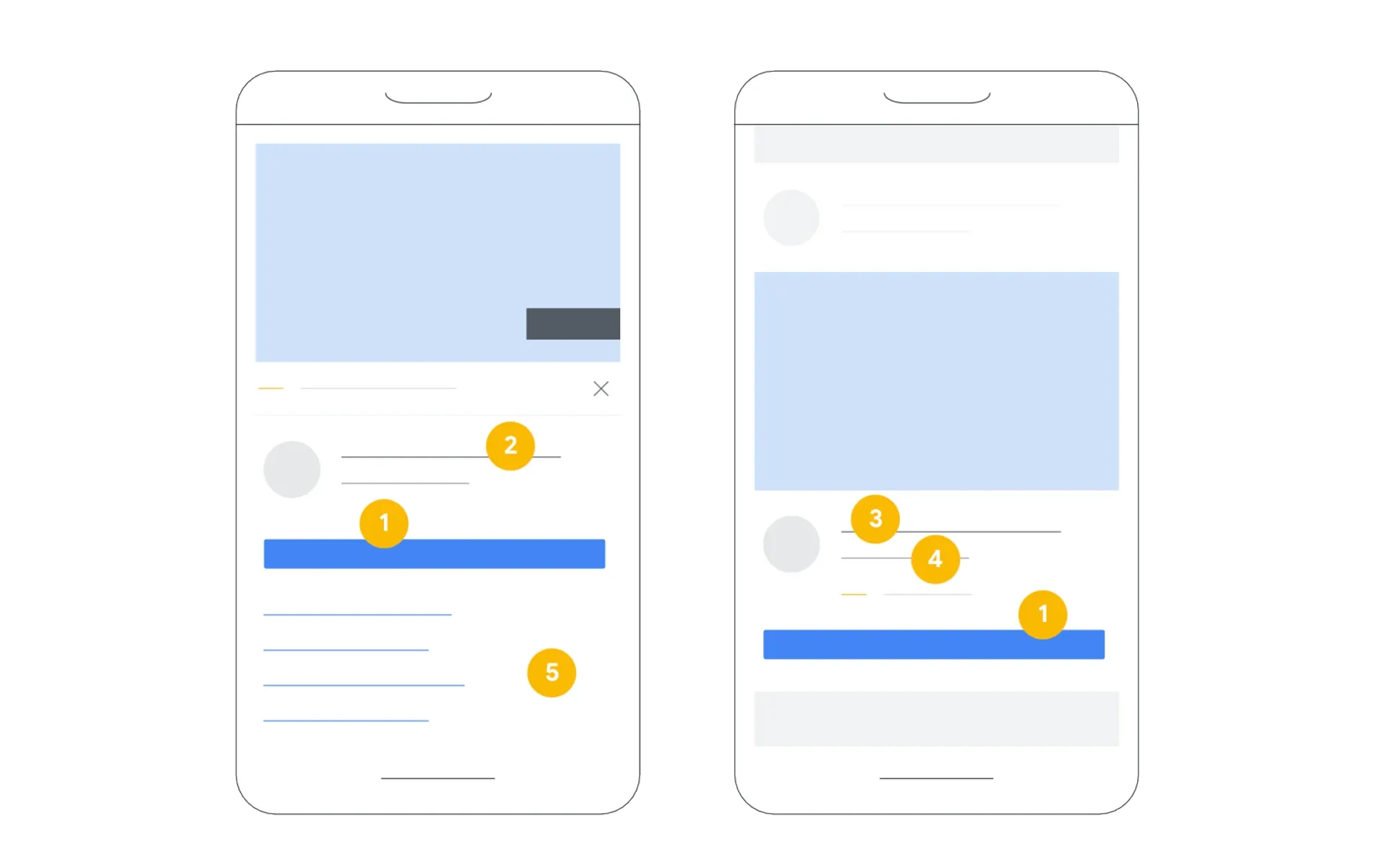Google to phase out YouTube Video Action campaigns in favor of Demand Gen
Google announces transition from Video Action Campaigns to Demand Gen line items, set to complete by early 2025.

Google this week revealed plans to transition from YouTube & partners video action line items, also known as Video Action Campaigns (VAC), to Demand Gen line items. This change, scheduled to take effect in early 2025, will impact how advertisers create and manage video campaigns across Google's advertising platforms.
According to the Display & Video 360 Help documentation, the transition aims to bring powerful benefits to advertisers by consolidating and enhancing video advertising capabilities. The move reflects Google's ongoing efforts to streamline its advertising products and provide more comprehensive solutions for marketers seeking to drive conversions through video content.
Key aspects of this transition include:
- Timeline and Implementation
Starting March 2025, advertisers will no longer be able to create new YouTube video action line items in Display & Video 360. This marks a significant change in Google's video advertising ecosystem, pushing advertisers towards the more integrated Demand Gen format. - Feature Integration
Google has announced that popular features from Display & Video 360 YouTube video action line items will be incorporated into Demand Gen. These include Floodlight optimization and reporting, which allows for sophisticated conversion tracking and optimization. Additionally, third-party verification with YouTube brand safety partners will be maintained, ensuring advertisers can continue to protect their brand reputation while leveraging the new format. - Expanded Capabilities
Demand Gen line items are designed to offer expanded reach and multi-format creative storytelling. According to Google's internal data from July 2023, this approach can potentially engage up to 3 billion monthly users across Google's properties, including YouTube, Discover, and Gmail. - Performance Improvements
Google's internal data from January through February 2024 suggests that advertisers who uploaded both video and image assets to Demand Gen campaigns saw a 20% increase in conversions at the same cost per action compared to those who uploaded video assets only. This statistic underscores the potential benefits of the multi-format approach offered by Demand Gen line items. - Technical Specifications
Demand Gen line items support various asset types, including images in landscape, portrait, and square formats, as well as videos in horizontal, vertical, and square orientations. Advertisers will need to prepare headlines, descriptions, final URLs, business names, and call-to-action text for their campaigns. - Bidding Strategies
The new format will continue to offer advanced bidding strategies, including:
- Maximize conversions: Automatically sets bids to maximize conversions within the campaign budget.
- Target CPA (Cost Per Acquisition): Allows advertisers to set an average target cost per conversion.
- Maximize conversion value: Optimizes for the highest total conversion value within a specified budget.
- Target ROAS (Return on Ad Spend): Enables advertisers to set a specific return on ad spend goal based on sales revenue.
- Conversion Tracking
Demand Gen line items will support various conversion tracking methods, including website conversions, mobile app conversions, and offline conversions. The system will use advanced machine learning to optimize for these conversions, tailoring bids for each auction. - Inventory Placement
Ads created through Demand Gen line items will be eligible to appear across various placements, including:
- YouTube in-stream and in-feed ads
- YouTube Shorts
- YouTube search results
- Google video partners
- Vertical Video Support
In response to the growing importance of mobile-first content, Demand Gen line items will support vertical videos. These can be placed in-feed, in-stream, on YouTube Search, and YouTube Shorts, as well as on Google video partners that focus on vertical content. - Reporting and Measurement
The new format will maintain robust reporting options, allowing advertisers to track performance across different metrics and optimize their campaigns accordingly. This includes the ability to use value-based bidding strategies for more sophisticated return on investment calculations.
This transition represents Google's effort to provide a more unified and powerful video advertising solution. The move from Video Action Campaigns to Demand Gen line items reflects the changing nature of video consumption and the increasing importance of multi-format, cross-platform advertising strategies.
Key Facts
- Transition start date: March 2025
- Full implementation: Early 2025
- Potential reach: Up to 3 billion monthly users
- Performance claim: 20% more conversions for multi-format campaigns
- Supported platforms: YouTube, YouTube Shorts, Discover, Gmail
- Asset types: Images (landscape, portrait, square), videos (horizontal, vertical, square)
- Bidding strategies: Maximize conversions, Target CPA, Maximize conversion value, Target ROAS
- Conversion tracking: Website, mobile app, and offline conversions
- Key features retained: Floodlight optimization, third-party brand safety verification
- New emphasis: Vertical video support, multi-format creative storytelling

